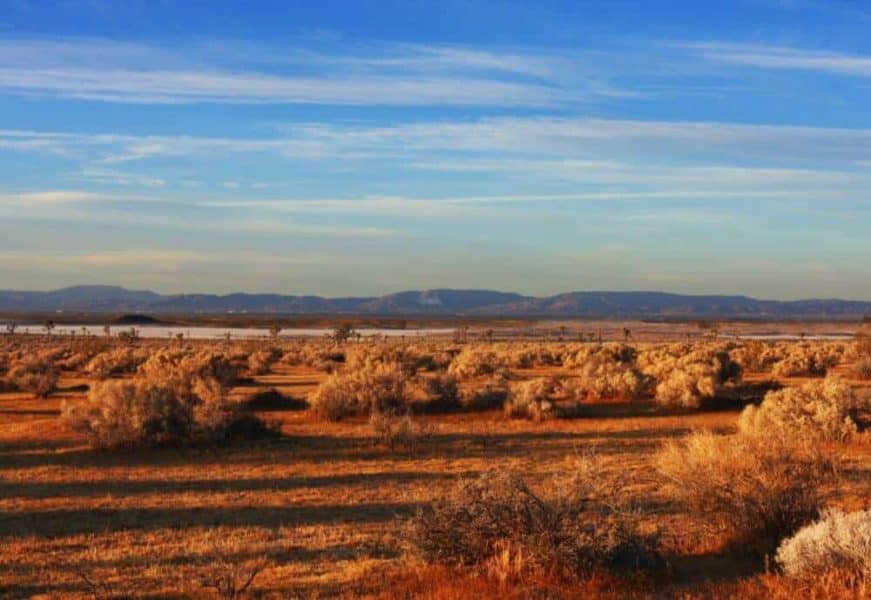Summary: A groundbreaking UCLA and NOAA study reveals that increased evaporation, driven by rising temperatures, is now the primary cause of severe droughts in the American West. The research shows that evaporation accounted for 61% of the 2020-2022 drought’s severity, marking a significant shift in our understanding of drought mechanisms.
Journal: Science Advances, 2024 | Reading time: 4 minutes
The New Face of Drought
The American West is facing a new kind of drought crisis, and it’s not what most people imagine. While historically, droughts were primarily associated with lack of rainfall, a new study reveals a more complex and concerning reality: rising temperatures are now the main culprit behind severe dry spells.
“Research has already shown that warmer temperatures contribute to drought, but this is, to our knowledge, the first study that actually shows that moisture loss due to demand is greater than the moisture loss due to lack of rainfall,” explains Rong Fu, a UCLA professor of atmospheric and oceanic sciences who led the research published in Science Advances.
A Paradigm Shift in Understanding Drought
The findings represent a fundamental shift in how we understand drought mechanisms. As Veva Deheza, executive director of NOAA’s National Integrated Drought Information System and study co-author, notes: “For generations, drought has been associated with drier-than-normal weather. This study further confirms we’ve entered a new paradigm where rising temperatures are leading to intense droughts, with precipitation as a secondary factor.”
The research team’s analysis revealed that since 2000, climate change has accounted for 80% of the increase in evaporative demand. During drought periods, this figure rises to more than 90%, making climate change the dominant force behind worsening drought conditions.
The Future of Western Droughts
The implications of these findings are sobering. The study projects that severe droughts like the 2020-2022 event could become dramatically more frequent. What was once a millennium-scale event could occur every 60 years by mid-century and every six years by century’s end if greenhouse gas emissions continue unchecked.
“Even if precipitation looks normal, we can still have drought because moisture demand has increased so much and there simply isn’t enough water to keep up with that increased demand,” Fu warns. “This is not something you could build bigger reservoirs or something to prevent because when the atmosphere warms, it will just suck up more moisture everywhere. The only way to prevent this is to stop temperatures from increasing, which means we have to stop emitting greenhouse gases.”
Glossary
– Evaporative demand: The atmosphere’s capacity to remove water from land and water surfaces through evaporation
– Anthropogenic: Originating from human activity
– Precipitation deficit: A shortage in the expected amount of rain or snow
– Greenhouse gases: Gases that trap heat in Earth’s atmosphere, leading to global warming
Reader Comprehension Quiz
1. What percentage of the 2020-2022 drought’s severity was due to evaporation?
Answer: 61%
2. How often could severe droughts occur by the late 21st century according to the study?
Answer: Every six years
3. What percentage of increased evaporative demand since 2000 is attributed to climate change?
Answer: 80%
4. What solution does Professor Fu suggest to prevent these severe droughts?
Answer: Stop emitting greenhouse gases to prevent temperatures from increasing
Enjoy this story? Get our newsletter! https://scienceblog.substack.com/


